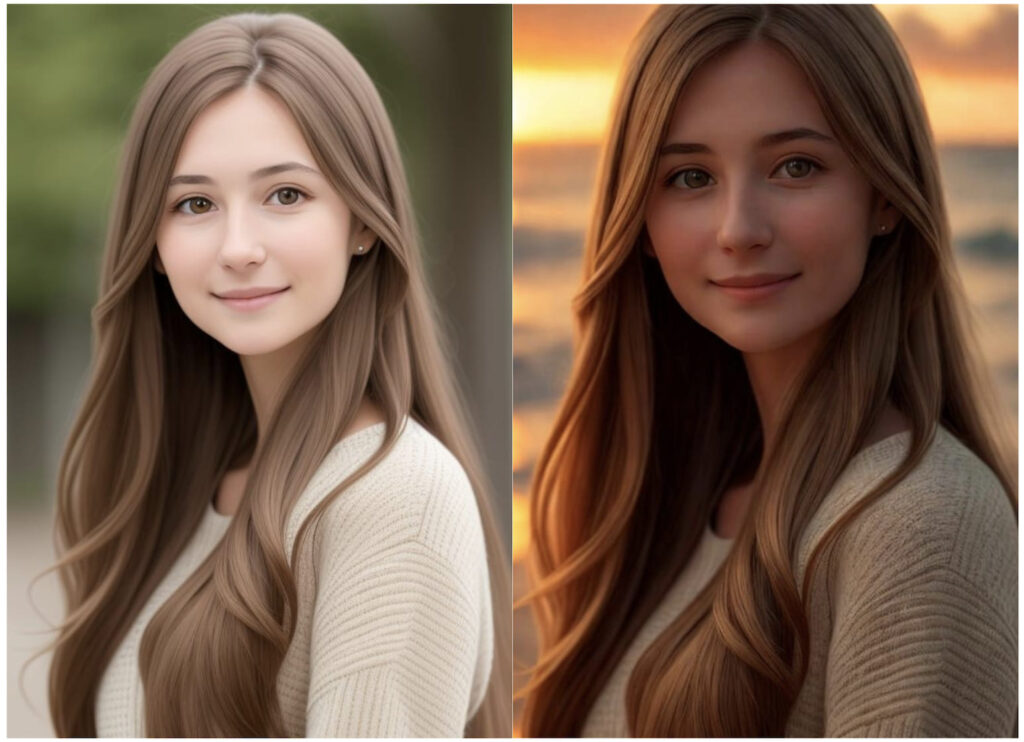How to light up your photo

Photography lighting involves using various light sources and lighting equipment to control and adjust the intensity, direction, color, and quality of light to achieve the desired visual effect. Lighting plays a crucial role in photography because light directly affects the exposure, color, contrast, and overall mood of the image.
Light Position
The position of the light source relative to the subject, i.e., the direction and angle of the light.
- Front Light: The light source is directly facing the subject, usually reducing shadows and providing even illumination.
- Side Light: The light source comes from one side, creating noticeable shadows and a sense of depth.
- Back Light: The light source is behind the subject, often used for silhouette effects or highlighting contours.
- Top Light: The light source comes from above, common with midday sunlight, which can create harsh shadows.
- Bottom Light: The light source comes from below, often used for dramatic or horror effects.
Light Ratio
The ratio of the light intensity between the darkest and brightest parts of the image, creating contrast.
- Low Light Ratio: Soft and gentle, giving a calm and soothing feeling.
- High Light Ratio: Strong visual impact, with a unique expressive tension.
Light Intensity
The strength of the light and the degree to which the subject absorbs it.
- High: Bright image.
- Low: Dark image.
Light Quality
The soft or hard nature of the light.
- Hard Light: Direct and intense light, creating sharp shadows and high contrast.
- Soft Light: Gentle light with blurred shadow edges.
Light Color
The color of the light source.
- Cool Colors: Often give a feeling of calm, professionalism, freshness, and coolness.
- Warm Colors: Create a warm, comfortable, friendly, and relaxing emotion.
Light Type
The function of light during shooting.
- Main Light: The primary light source, determining overall brightness and shadows.
- Fill Light: Supports the main light, reducing shadows and contrast.
- Background Light: Light placed behind the subject, directed at the background, used to highlight the subject and beautify the image.
- Accent Light: Adds focused shaping light to specific parts of the subject.
These techniques can help photographers create artistically compelling photos under different lighting conditions. Each lighting effect has its unique charm, and photographers can choose the appropriate technique based on their shooting needs and creative intentions.